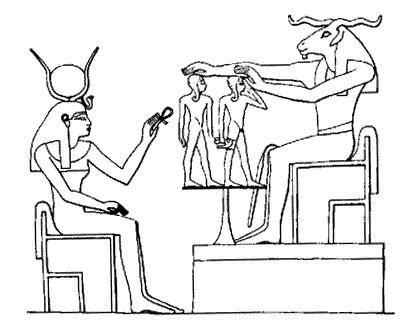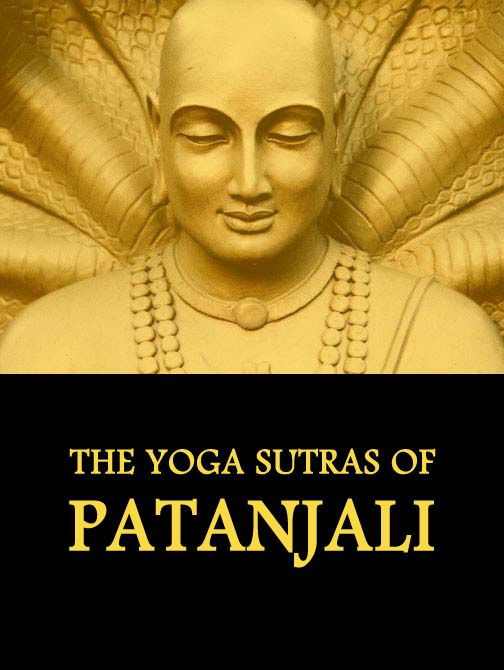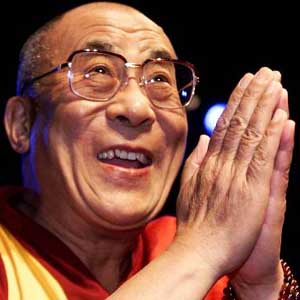 |
| Image compliments of Philosophy and Psychology The Egyptian god Khnum is forming the future king with his right hand along with his spirit-twin, the Ka, with his left hand |
From about 500 BC (or earlier) to 1500 AD, cultures around the world turned inward. Rather than continuing to look outward to nature and anthropomorphized deities of all kinds, multiple cultures came up with processes to help people understand their inner experiences and to help them change what they want to change in those experiences. In other words, humanity began to see mastering the mind as the means for operating in an uncertain world.
 |
| Julian James - Author of The Origin of Consciousness in the Breakdown of the Bicameral Mind image compliments of www.julianjaynes.org |
Suffering is a universal struggle and has been for
ages. Around the world, the struggle
inspired many different spiritual paths, but they all lead to the desire for
freedom from suffering, whether it’s referred to as awakening, salvation, or
freedom, just to name a few examples.
This includes the secularist struggle for and with meaning (see my Dad’s
wonderful blog: Hallowed Secularism). From the Chinese philosophy of Lao Tzu to
Jewish mysticism in the Kaballah, from the Yoga Sutras of Patanjali to the
teachings of Buddha, the mystery of the mind came to the forefront of spiritual
inquiry. Remarkably, this happened
cross-culturally around the world (learn more about “God-Consciousness” and the
Bicameral Brain here.)
 |
| image compliments of http://atmayogi-images.s3.amazonaws.com |
The yoga sutras of Patanjali, which we learned about and
chanted in Sanskrit, were rejected by Hinduism, because they were
non-theological. That means they do not
discuss religion, or “God” as a distinct defined entity. The text examines the human phenomenon of
seeking relief from suffering – and discusses how to find the knowledge that alleviates
suffering. I have been influenced by the
clarity of this ancient text, and its insights that are applicable to my everyday
life. I have meditated on a Sutra (or
short aphorism) that translates to: Deep meditation burns the seeds of
suffering (dhyana
heyah tat vrittayah). At the training, I crafted my own asana
(posture) practice, followed by an alternate nostril breath practice (nadi shodhana),
and finally about twenty minutes of meditation.
The physical and breath preparation allowed me to drop in to a
comfortable meditation, where I felt no fear around what arose naturally in my
mind.
As a yoga practitioner new to the art of meditation, I
recognized something in the countenances of both Pope Francis and His Holiness
the Dalai Lama (see One Truth, many paths part 1One truth, many paths part 1). With my limited
experience in meditation, I have found that looking inward grants me sense of
true relaxation and self-confidence in the face of self-doubt. You might call this cultivating a sense of
okay-ness within the craziness of the world.
This feeling comes when I connect with myself, below the level of my
thoughts, feelings, and actions, as the source of unconditional awareness.
 |
| Pope Francis I, intruduction image compliments of talkingpointsmemo.com |
 |
| H. H. the Dalai Lama compliments of writespirit.net |
This act of looking inward is not easy or natural (for me,
at least.) I noticed a quality in these
world religious leaders that I hope to cultivate in myself – a sense of
allowing the mystery of the world. To
me, looking inward is not just a single action to be performed – it is
comprised of three steps:
To quote The Aristos, by John Fowles:
… below the surface, we do not know; we shall never know why; we shall never know tomorrow; we shall never know a god or if there is a god; we shall never even know ourselves. This mysterious wall around our world and our perception of it is not there to frustrate us but to train us back to the now, to life, to our time being.
You can tell these world religious leaders (Pope Francis I and H.H. the Dalai Lama) have spent a
lifetime cultivating a relationship with Mystery. I have barely touched it but can’t wait to
continue this path. I aspire to be
humble enough to stand in relationship to the mystery of this life and to all
of the unanswerable questions. I don’t
know how this grants me a sense of existential relaxation, but I’m willing to
practice more in order to experience it.
 |
| image compliments of http://the-kundalini.com |


